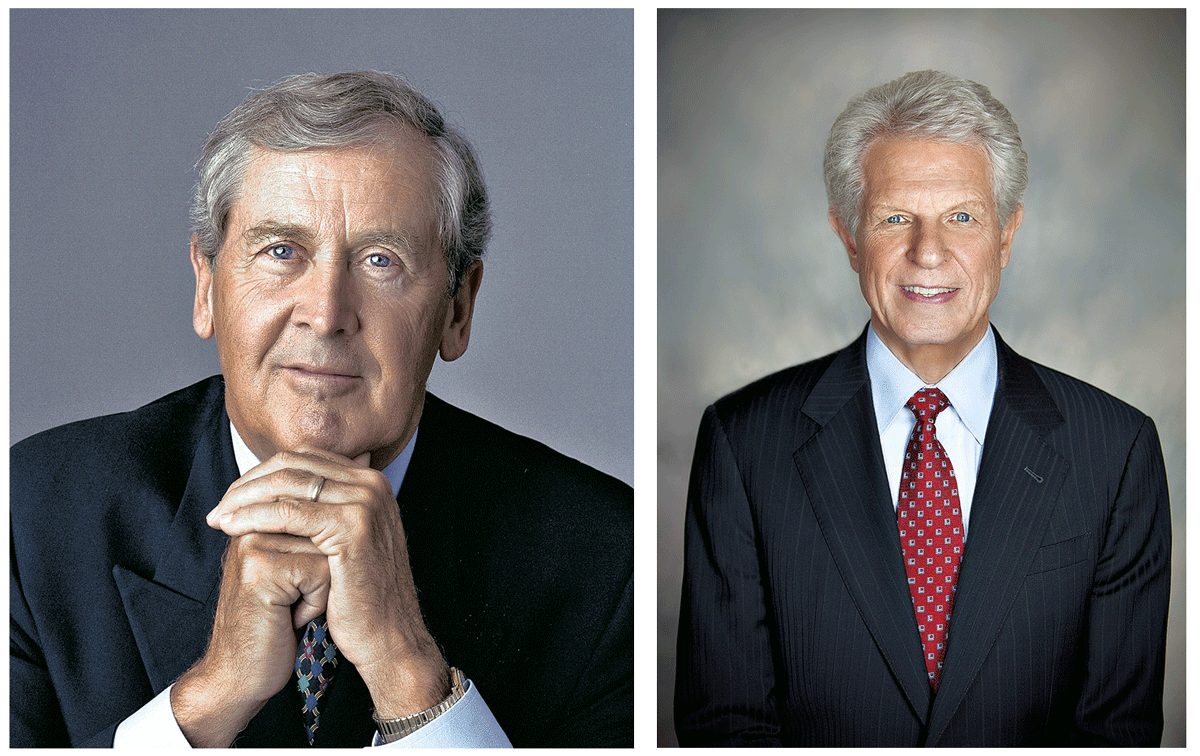To apply brand positioning thinking to your own situation, here are six key questions to ask yourself:
1. What position, if any do we already own in the prospect’s mind?
Get the answer to this question from the marketplace, not the marketing manager. If this requires a few dollars for research, so be it. Spend the money. It’s better to know exactly what you’re up against now than to discover it later when nothing can be done about it.
2. What position do we want to own?
Here is where you bring out your crystal ball and try to figure out the best position to own from a long-term point of view.
3. What companies must be outgunned if we are to establish that position?
If your proposed position calls for a head-to-head approach against a marketing leader, forget it. It’s better to go around an obstacle rather than over it. Back up. Try to select a position that no one else has a firm grip on.
4. Do we have enough marketing money to occupy and hold the position?
A big obstacle to successful positioning is attempting to achieve the impossible. It takes money to build a share of mind. It takes money to establish a position. It takes money to hold a position once you’ve established it.
The noise level today is fierce. There are just too many “me-too” products and too many “me-too” companies vying for the mind of the prospect. Getting noticed is getting tougher.
5. Do we have the guts to stick with one consistent positioning concept?
With the noise level out there, a company has to be bold enough and consistent enough to cut through.
The first step in a positioning program normally entails running fewer programs, but stronger ones. This sounds simple, but actually runs counter to what usually happens as corporations get larger. They normally run more programs, but weaker ones. It’s this fragmentation that can make many large advertising budgets just about invisible in today’s media storm.
6. Does our creative approach match our positioning strategy?
Creative people often resist positioning thinking because they believe it restricts their creativity. And it does. But creativity isn’t the objective today. Even “communications” itself isn’t the objective.
The name of the marketing game today is “positioning.” And only the better players will survive.
I wrote this with my former partner Al Ries in 1972. What’s changed? More competition. Much more.
The Blake Project Can Help: The Brand Positioning Workshop
Branding Strategy Insider is a service of The Blake Project: A strategic brand consultancy specializing in Brand Research, Brand Strategy, Brand Licensing and Brand Education





2 comments
graham
June 11, 2008 at 12:59 pm
I would say a huge amount has changed since 1972, and this is most obvious in question 2 – “Here is where you bring out your crystal ball and try to figure out the best position to own from a long-term point of view”.
Has the day of the crystal ball not passed us by now?
In the age of social networking, and high levels of consumer to consumer conversation in the online world, is it not infinitely more sensible to listen to what consumers are saying about a brand, and position accordingly? Businesses and products are mostly there to fulfil some kind of need – should the only question we now ask not be “how do consumers want us to position ourselves”?
Ted Grigg
June 11, 2008 at 10:49 pm
You say:
“A big obstacle to successful positioning is attempting to achieve the impossible. It takes money to build a share of mind. It takes money to establish a position. It takes money to hold a position once you’ve established it.”
Then is it possible that positioning advertising does not make sense for many clients?
A multitude of medium sized businesses cannot afford effective positioning advertising regardless of the positioning they select.
In these cases, I have found that general advertising practitioners on the agency and client side waste millions upon millions of dollars in a vain attempt to support their brands through positioning advertising with inadequate available budgtes. These advertisers could have spent the same dollars more cost effectively using PR, direct marketing or sales promotion to sell their products.
But I guess we tend to recommend what we know rather than what the advertiser really needs. So out the window goes the concept of integration!
Comments are closed.